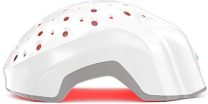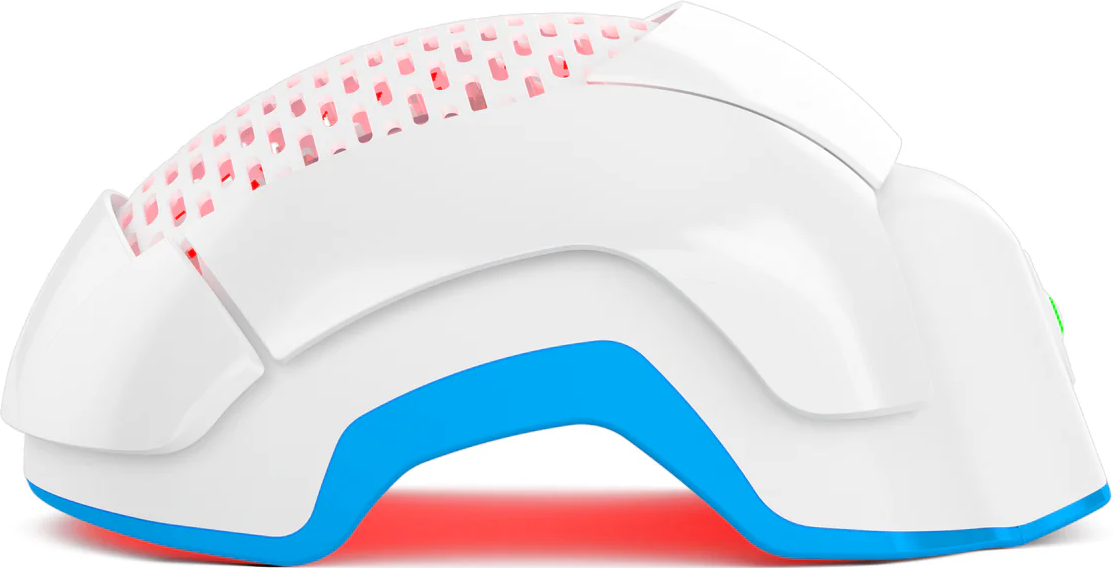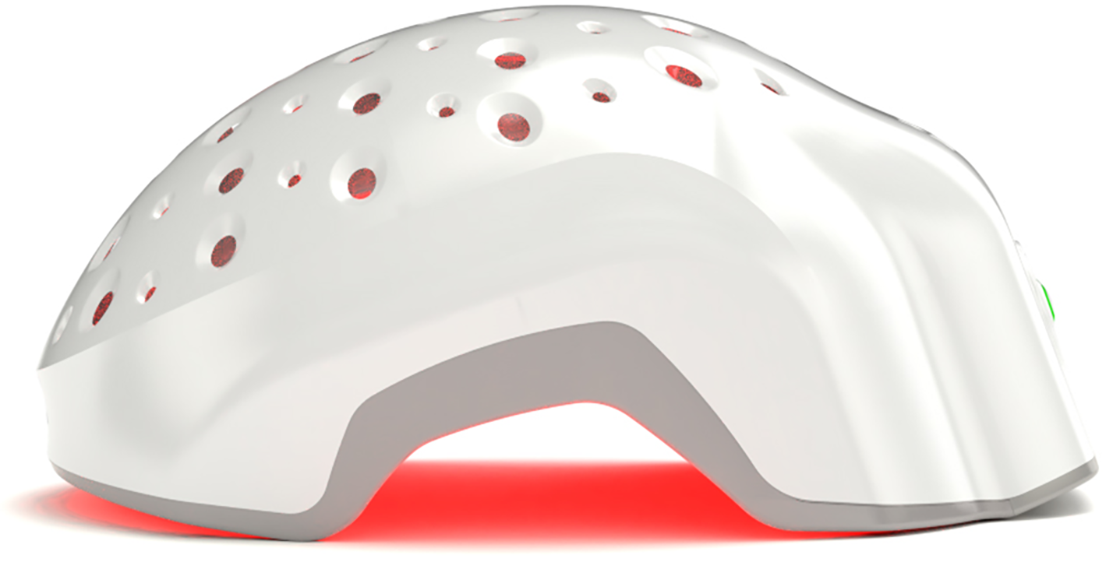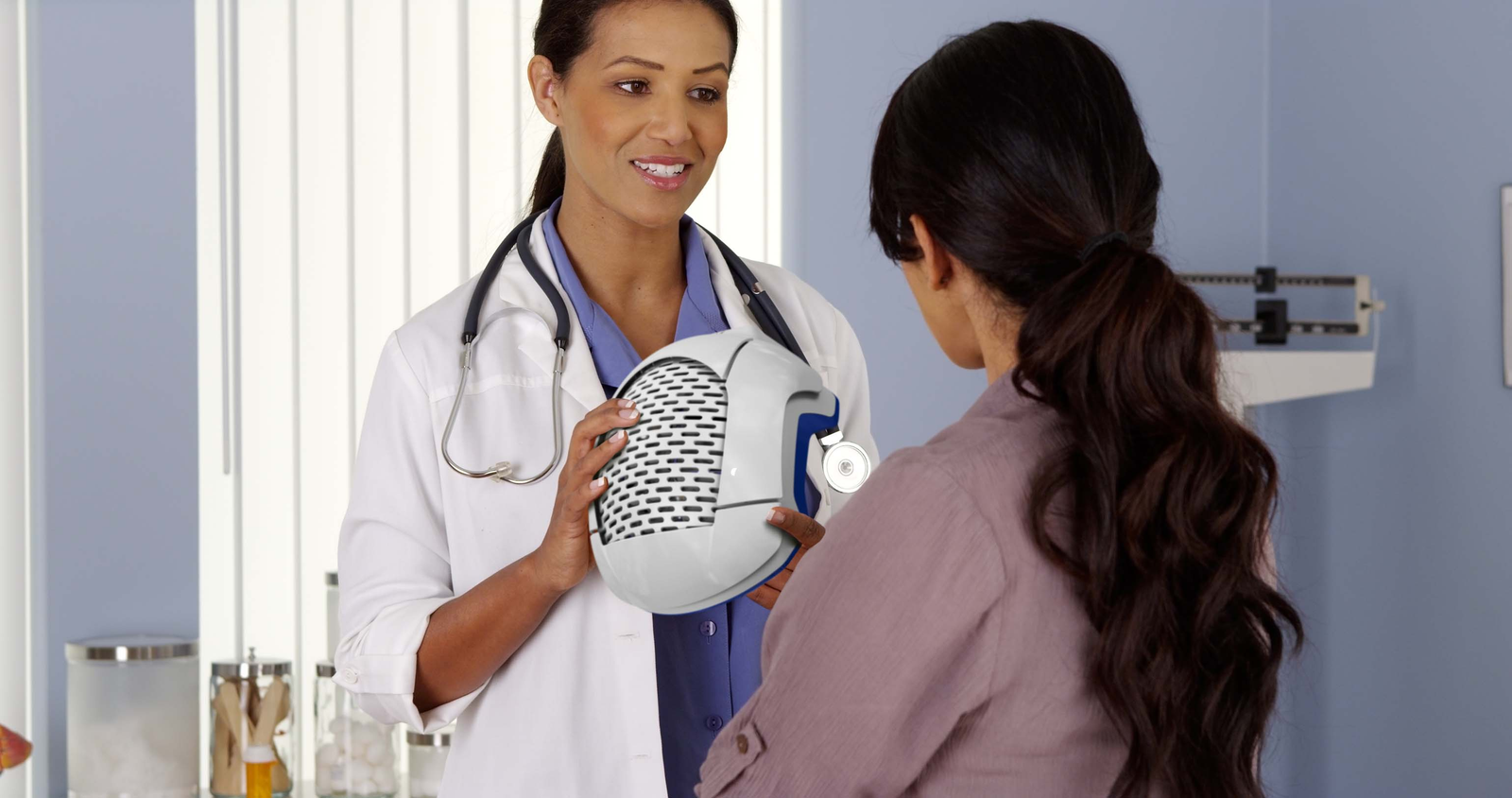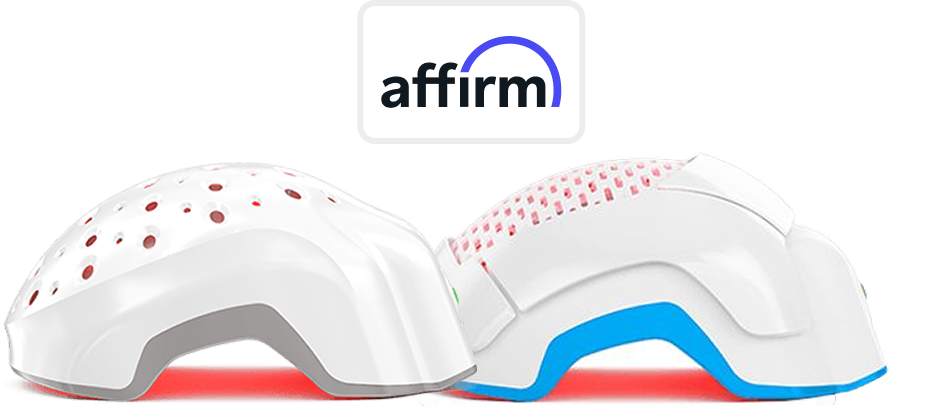Hair loss doesn’t always start at the scalp — sometimes it starts in your nervous system. And you’re not losing your hair “just because you’re getting older” or “maybe you need more conditioner.” The question here isn’t whether anxiety can cause hair loss. It’s how fast it happens, how many forms it takes, and what kind of chaos it leaves behind when it does. And yes, it’s medically confirmed: anxiety, stress, and panic disorders can directly lead to conditions like telogen effluvium, trichotillomania, and even alopecia areata.
This article breaks it all down —the science behind how anxiety causes hair loss, the types, warning signs, and actual solutions that don’t waste your time (or hairline). If you’ve been seeing more hair in the drain than on your head, you’re in the right place.
Connection Between Anxiety and Hair Loss
Let’s stop pretending your hair sheds for no reason. Chronic stress and anxiety don’t just wreak your sleep and mood — they go straight for your follicles. Biologically, it’s all about cortisol. When anxiety spikes, cortisol floods your system and throws your hormones off balance. That hormonal whiplash pushes healthy hair follicles into the wrong phase of the growth cycle, setting off a slow-motion fallout. This is the root of the anxiety and hair loss connection.
Elevated cortisol levels constrict blood vessels, reducing circulation to the scalp. Less blood flow = less oxygen = less nutrient delivery = hair that stops thriving. The body redirects resources away from “non-essential” functions like hair growth in favor of survival mode.
Types of Hair Loss Related to Anxiety
Anxiety doesn’t play fair. It doesn’t just cause one type of hair loss — it throws a handful of them at you, depending on how your body reacts.
Telogen Effluvium
This is the go-to culprit behind sudden, anxiety-triggered shedding. In telogen effluvium, stress flips a switch that prematurely forces a large number of hair follicles into the telogen (resting) phase. After two to three months, those hairs begin to fall out in bulk. Telogen effluvium anxiety isn’t permanent, but it’s persistent, especially if you don’t calm the stress that started it.
Trichotillomania
This one’s brutal. Trichotillomania is a compulsive hair-pulling behavior classified as a body-focused repetitive behavior (BFRB) and is deeply linked to stress, OCD, and general anxiety disorders. People with this condition feel an irresistible urge to pull hair from their scalp, eyebrows, or other body areas. It’s not attention-seeking. It’s not “just a bad habit.” It’s a trichotillomania anxiety disorder, and it’s a real, diagnosable condition with psychological roots and physical consequences.
Alopecia Areata
Can anxiety cause alopecia? Absolutely.
Alopecia areata is an autoimmune condition where your immune system attacks healthy hair follicles, causing rapid hair loss in small, round patches. While the root cause is immune-driven, emotional stress often serves as the spark that lights the fire. Anxiety alopecia is real. Anxiety-induced inflammation can throw your immune system off track, triggering this hair loss cascade.
How Can Anxiety Lead to Hair Loss?
Here’s the physiological play-by-play: chronic anxiety raises cortisol. High cortisol disrupts your endocrine system and increases inflammation. That combination messes with the normal hair growth cycle — specifically shortening the anagen (growth) phase and forcing more follicles into telogen prematurely. The result is anxiety hair thinning that feels sudden but was technically months in the making.
High cortisol also leads to less collagen production and impaired nutrient absorption, making your strands weaker, duller, and more prone to breakage. Toss in poor sleep, jaw-clenching, and skipped meals, and you’ve built the perfect internal environment for stress-related hair loss symptoms to thrive.
Signs of Anxiety-Induced Hair Loss
It’s not just about how much you’re shedding — it’s when, how, and what else is happening to your body at the same time. Anxiety-induced hair loss tends to show up as:
-
Diffuse thinning across the scalp (not just one area)
- Sudden increase in daily shedding
- Bald patches (with trichotillomania or alopecia areata)
- Thinning that worsens 2–3 months after a major stressor
- A pattern that improves once anxiety levels go down
If the timing lines up with a high-stress period in your life, you’re not imagining it — your hair’s just doing what stressed-out biology tells it to do.
How to Stop and Prevent Anxiety-Related Hair Loss
You don’t need to quit your job and meditate in a cave — but you do need a real plan. Stress hair loss recovery depends on getting your stress response under control and supporting your body’s natural growth processes.
Start with your nervous system. Breathwork, sleep hygiene, and therapy aren’t fluffy “wellness” extras — they’re stress antidotes. Then back it up with targeted nutrition. Hair thrives on micro- and macronutrients found in a healthy, well-balanced diet. Starve your system and your scalp’s the first to feel it.
For regrowth, try topical treatments like minoxidil in areas where follicles are still active. Laser phototherapy can help too, especially for those in the early stages of anxiety and hair thinning. It improves blood flow and cell metabolism without heat or damage — a solid ally when you're wondering how to stop anxiety hair loss without prescription meds.
One popular laser phototherapy device is the Theradome, an FDA-cleared laser helmet designed to combat anxiety-related hair thinning. Using gentle laser light, it stimulates dormant follicles and boosts scalp health without pills or prescriptions. Easy to use at home, it requires just 20-minute sessions twice a week.
And if you’re dealing with trichotillomania or alopecia areata? Don’t wait. Get professional support. CBT (Cognitive Behavioral Therapy), anti-inflammatories, and immune-modulating treatments exist — and they work.
Conclusion
Hair loss doesn’t always start in your scalp — sometimes it starts in your stress hormones. But that means you can do something about it. Anxiety-induced hair loss is real, but it’s also manageable when you know what you’re dealing with. Stop guessing. Start treating the root causes — hormonal, emotional, and biological. Your hairline will thank you for it.



